| Strain Name |
C57BL/6N-Tgfb1tm2(TGFB1)Bcgen/Bcgen
|
Common Name | B-hTGFB1 mice |
| Background | C57BL/6N | Catalog number | 112245 |
| Aliases | TGFB1(CED, LAP, DPD1, TGFB, IBDIMDE, TGFbeta, TGF-beta1) | ||
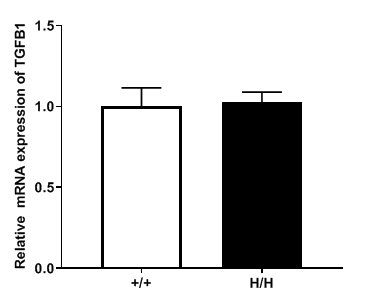
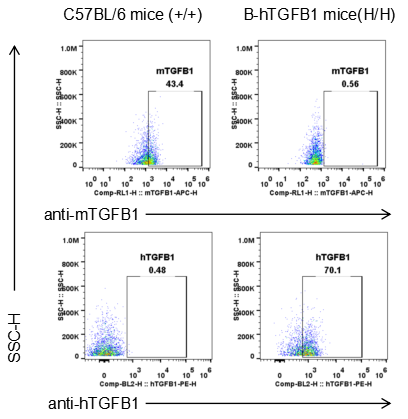

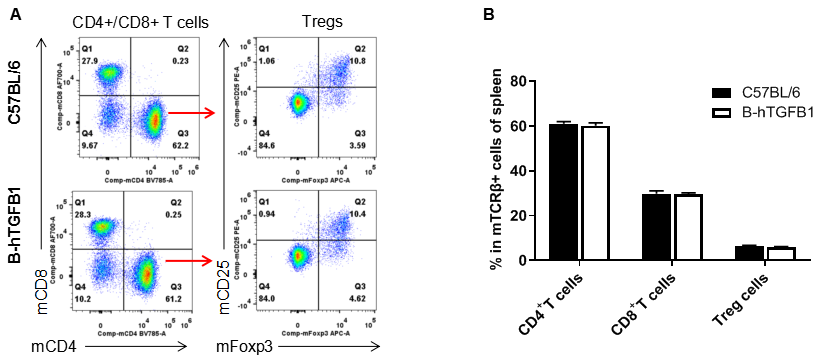
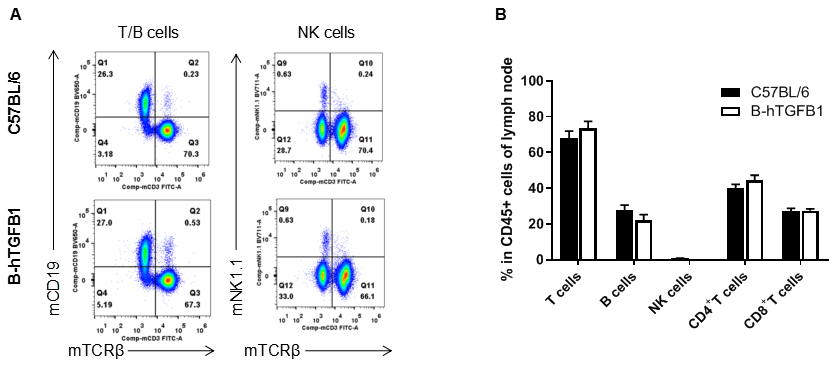
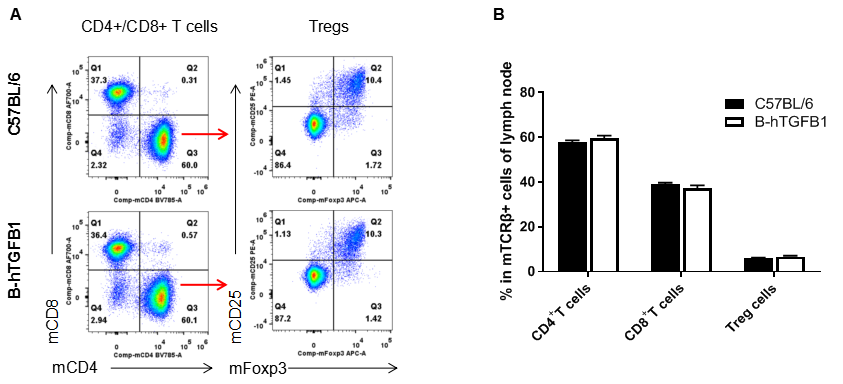

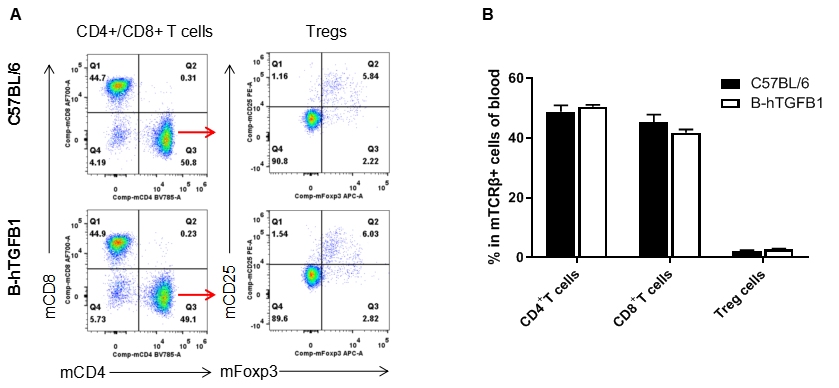
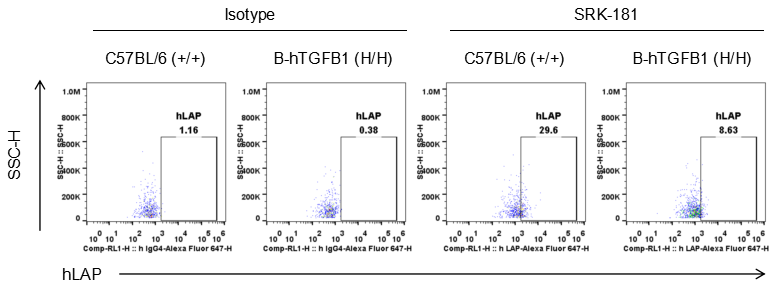
Analysis of platelets of B-hTGFB1 mice by FACS. Blood were isolated from female B-hGFB1 mice. Flow cytometry analysis of the platelets was performed to assess human LAP expression. Human LAP expression was detectable on wild-type C57BL/6 mice and homozygous B-hTGFB1 mice.
Combination therapy of anti-mouse PD-1 antibody and anti-human TGFβ1 antibody
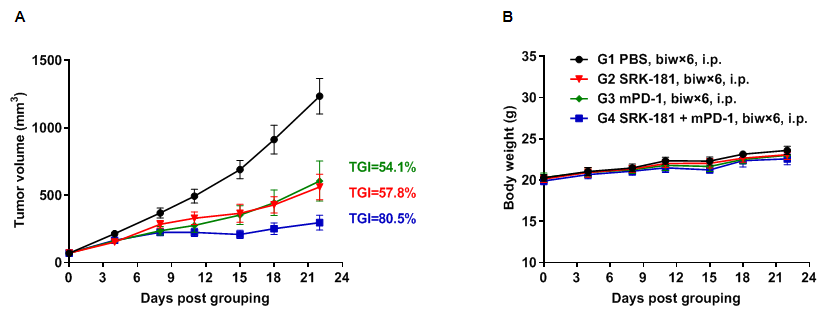
Antitumor activity of anti-mouse PD-1 antibody combined with anti-human TGFβ1 antibody in B-hTGFB1 mice. (A) Anti-mouse PD-1 antibody combined with anti-human TGFβ1 antibody (in house) inhibited MC38 tumor growth in B-hTGFB1 mice. Murine colon cancer MC38 cells (5E5) were subcutaneously implanted into homozygous B-hTGFB1 mice (female, 7-week-old, n=6). Mice were grouped when tumor volume reached approximately 50~80 mm3, at which time they were treated with anti-mouse PD-1 antibody and anti-human TGFβ1 antibody with doses and schedules indicated in panel A. (B) Body weight changes during treatment. As shown in panel A, combination of anti-mPD-1 antibody and anti-human TGFβ1 antibody were efficacious in controlling tumor growth in B-hTGFB1, demonstrating that the B-hTGFB1 mice provide a powerful preclinical model for in vivo evaluation of anti-human TGFB1 antibodies. Values are expressed as mean ± SEM.






 +86-10-56967680
+86-10-56967680 info@bbctg.com.cn
info@bbctg.com.cn